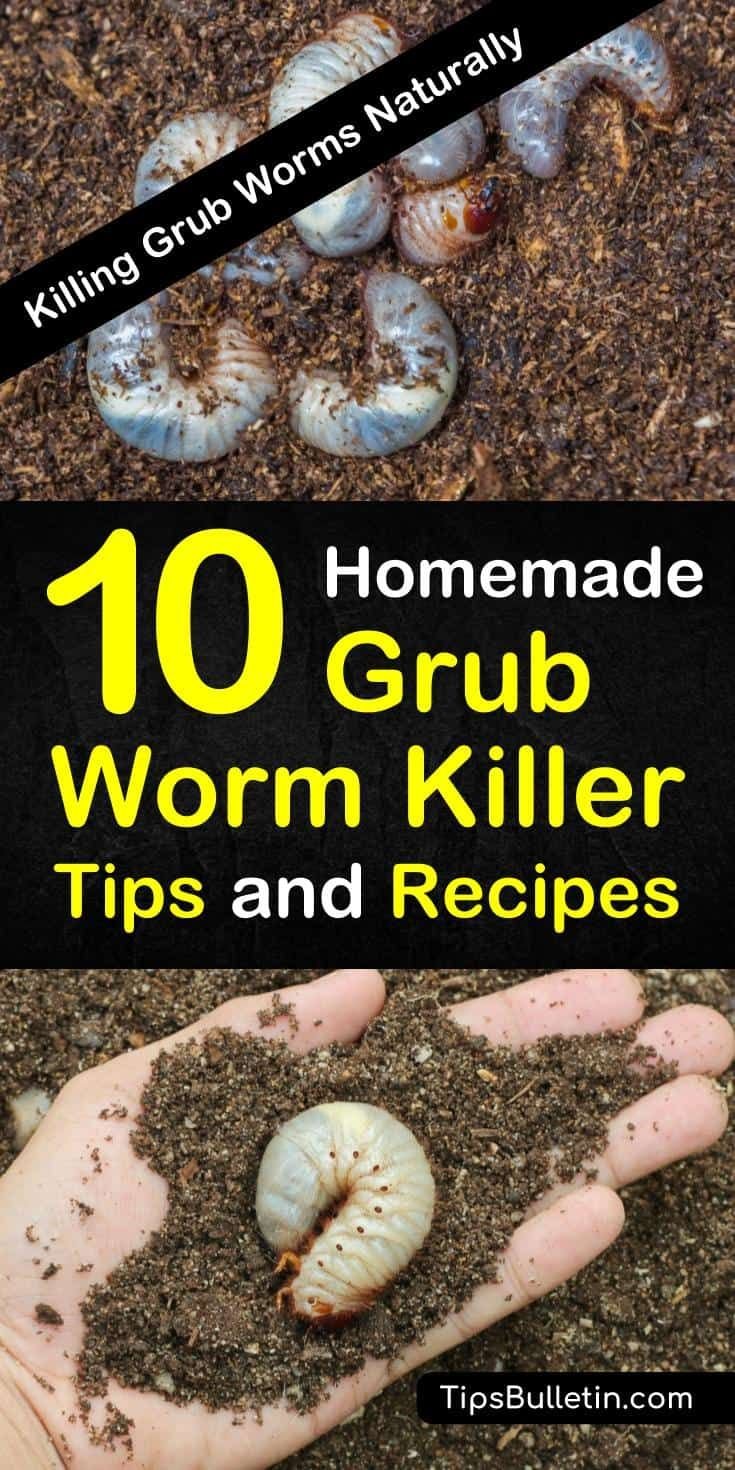
Think of beneficial fungi as the superheroes of the soil. They work silently and effectively, taking care of unwanted pests while promoting the health of your plants. Picture a tiny army of fungi taking control of your garden, ensuring grub worms don’t stand a chance. So, how exactly do you harness the power of these fungi to naturally kill grub worms? Let’s dive into it!
Understanding Grub Worms and Their Impact
Grub worms are the larval stage of certain beetles, like Japanese beetles and June bugs. They are creamy-white, C-shaped pests that thrive in the soil, primarily feeding on the roots of grass and other plants. If you’ve ever noticed dying patches in your lawn or garden, it might be a sign of a grub worm invasion.
These little invaders can do significant damage if left unchecked. They can eat away at the roots, causing plants to wilt and lawns to thin out. It’s pretty frustrating to put all that time and effort into gardening, only to see your hard work diminish. That’s why finding a solution is crucial.
You might be wondering why we’re focusing on beneficial fungi rather than traditional pesticides. The truth is, while pesticides can provide a quick fix, they can also disrupt the ecosystem, harming helpful insects and soil health. On the other hand, beneficial fungi offer a natural, sustainable way to tackle grub worms without compromising your garden’s overall well-being.
What Are Beneficial Fungi?
Beneficial fungi are microorganisms that live in the soil and interact with plant roots. They play a vital role in nutrient cycling and can help protect plants from various pests and diseases. There are different types of beneficial fungi, but two of the most effective when it comes to grub worms are *Beauveria bassiana* and *Metarhizium anisopliae*.
These fungi act like little assassins. Once they come into contact with grub worms, they infiltrate them and release enzymes that break down their tissues, ultimately leading to the pests’ demise. This process not only takes care of the grub worms but also supports the health of your soil and plants.
Imagine beneficial fungi as tiny gardeners, working behind the scenes to maintain balance and health in your garden. It’s a fantastic example of nature’s way of using one organism to control another, leading to a healthier garden ecosystem overall.
How to Apply Beneficial Fungi to Your Garden
Applying beneficial fungi to your garden is straightforward and can be done in a few simple steps. First, you’ll need to choose the right product. Look for formulations containing either *Beauveria bassiana* or *Metarhizium anisopliae*. These can often be found at local garden centers or online.
Here’s how to go about it:
- Choose the right time: It’s best to apply these fungi during warmer months when grub worms are most active, typically late spring to early summer.
- Prepare your soil: Make sure the soil is moist but not soggy. Beneficial fungi thrive in damp conditions, so water your garden lightly ahead of application.
- Application: Follow the instructions on the product packaging for the right dosage and method. You can usually mix the fungi with water and spray it directly onto the soil or infuse it into a top-dressing.
After application, keep your garden moist. This helps the fungi establish and increases their effectiveness in targeting those pesky grub worms. Within days to weeks, you should start seeing results as the grubs succumb to their fungal enemies.
Complementary Natural Strategies for Grub Control
While beneficial fungi are a formidable solution against grub worms, combining them with other natural strategies can help enhance your garden’s defenses. Here are a few tips:
- Encourage beneficial insects: Invite ladybugs, lacewings, and parasitic wasps into your garden. These insects can help control grub worm populations and other pests.
- Plant cover crops: Certain plants, like clover, can improve soil health and attract beneficial organisms that help control grubs.
- Avoid over-watering: Grub worms thrive in moist, warm conditions. Keeping your lawn and garden properly drained can reduce their habitat.
Combining these strategies with beneficial fungi creates a robust ecosystem that’s less inviting to grub worms. It’s like building a fortress around your plants!
Monitoring and Maintaining Your Garden After Application
Once you apply beneficial fungi, it’s essential to monitor your garden. Keep an eye on plant health and look for signs of grub activity, like wilting plants or patches of dead grass. You might also want to check the soil periodically.
Feel free to reapply the fungi every few weeks, especially if you notice grub activity or haven’t seen improvements. The goal is to maintain a healthy soil ecosystem where beneficial organisms can thrive.
Also, consider rotating different natural pest control methods over time. This helps keep pests on their toes and makes it harder for them to adapt. Diversity in your approach is key to long-lasting garden health.
Benefits of Using Beneficial Fungi
Choosing beneficial fungi to kill grub worms offers several advantages:
- Eco-friendly: You’re protecting your garden without harmful chemicals, promoting a healthy ecosystem.
- Soil health: These fungi contribute to a more nutrient-rich soil, which ultimately supports better plant growth.
- Cost-effective: Once established, beneficial fungi can provide ongoing pest control with minimal effort.
Using natural methods like this can lead to a more balanced garden. Not only do you get rid of grub worms, but you also promote the well-being of other beneficial creatures that contribute to your garden’s success.
Final Thoughts on Killing Grub Worms Naturally
In the quest to keep your garden looking its best, tackling grub worms naturally with beneficial fungi is a wise decision. It’s like bringing in nature’s own pest control without the side effects of harsh chemicals. Plus, it fosters a healthier soil environment, which benefits your plants in the long run.
Remember to monitor your garden, adjust your approaches when needed, and be patient. Nature can sometimes take a little time to show its results. But when it does, you’ll see that your garden flourishes, free from the threat of grub worms.
So the next time you face the challenge of grub worms, think of those heroes in the soil—beneficial fungi—and watch them work their magic. Happy gardening!

